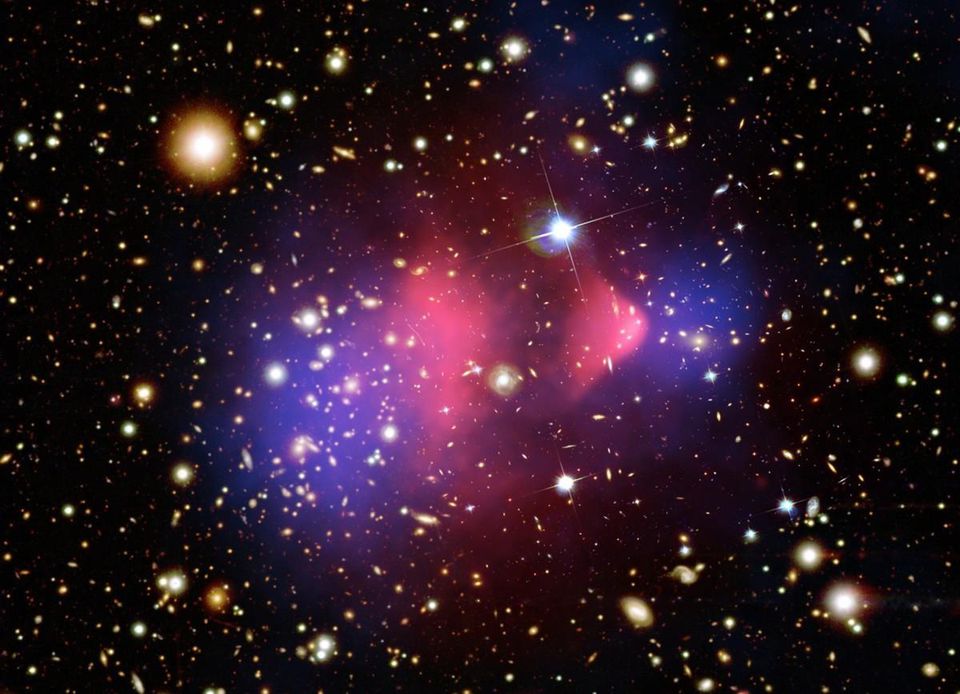A potentially habitable world, termed Ross 128 b, has been discovered just 11 light years away. It is roughly Earth-sized and orbits its parent star once every 9.9 days.
Astronomers calculate that its surface temperature could lie somewhere between –60° and 20°, making it temperate and possibly capable of supporting oceans, and life.
